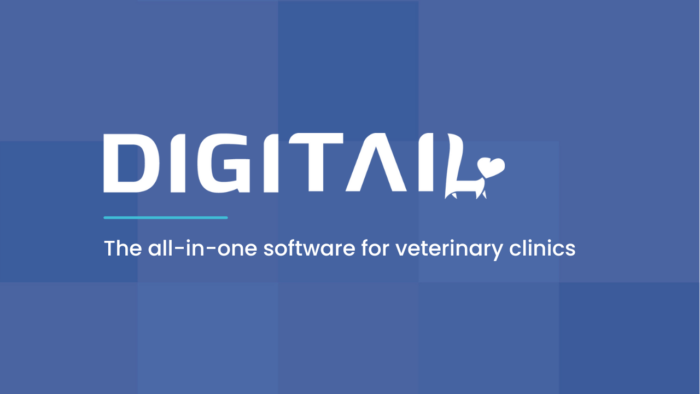
Best practices to grow client retention
Client retention? is the key to business success. In order to make sure your clients are constantly happy, you will find yourself trying to find new ways to deliver exceptional experiences, and also to find innovative ways to attract new clients.
There are many ways to impress your clients, but here is some advice that specialists consider essential when it comes to transforming clients into lifetime clients:
1. Set up records during scheduling calls
Studies show that the average bonding rate of new clients is 60%; the first impression begins with phone calls and ends at checkout. This means that your client service representative will have to invest 2 minutes to enter the clients’ details in the practice-management software. Gathering details over the phone will let you provide the appropriate time for the visit rather than waste valuable exam time with paperwork. However, if your new client doesn’t have internet access, ask them to arrive 15 minutes early.
2. Schedule 30-minute exams for new clients
When you are establishing a relationship with a new client you will need enough time to review previous medical records, but also to get to know the owner and the pet. It is recommended that before the appointment, you’ve already received the medical records from the previous veterinarian. Also, ensure you know your clients’ pets’ names and greet them as soon as they walk through the door.
3. Offer gift bags
Everyone likes to receive little gifts, so giving away personalized bags for each pet age group will make your clients feel a little more welcomed. Here are some examples of items that your welcoming bag should include (but not limited to):
- imprinted bags with your logo
- phone number and website
- a fridge magnet with your contact details
- a free dose of heart-worm or flea/tick prevention
- a small sample of food
- a measuring cup
- coupons for future purchases
- handouts (new pet owners’ advice, behavior and socialization tips, dentistry, and others)
- a pet waste disposal
- a travelling water bowl
In order to split the cost, ask pharmaceutical and pet food representatives to sponsor your gift bags.
📌 TIP: To find out how many bags you’ll need, run a report in your software to determine the number of new clients you saw last year.
4. Schedule first, pay last if follow-up care is needed
Before checking the patient out, the receptionist should schedule the next appointment before having the client pay for today’s visit. Usually, the veterinarian will indicate when the next visit should be due, so the client should be directed to a specific date and time. This will increase the likelihood for the next visit to take place. It is recommended that the next appointment be scheduled with the same doctor, ensuring continuity of care and efficient use of exam time.
5. Present the invoice to show the value
When getting the payment for the visit, make sure to read the list of services performed and products dispensed, and then state the total. Offer multiple payment methods like cash, checks, credit cards, and CareCredit.
6. Send a survey at the end of the visit
In order to make sure that the visit went smoothly and the client is satisfied with your services, send out a survey via text message or email. Include just a couple of questions that will provide you with the most accurate feedback. If your clients’ feedback is not what you were expecting, make sure that your practice manager reaches out to them, in order to understand the individual situations and to offer the best solutions for your clients’ needs.
7. Offer multiple communication channels
When it comes to existing clients, the same principles from above are applied. However, in order to keep your clients engaged and connected to your practice, you will have to provide a choice of communication channels and also to give your communications a personal touch. Your practice’s communications channels should include most, if not all, of these options: website, social media, email, text messages, chat, telemedicine video conference, pet portal/app, and phone lines.
Here is what the latest data is showing:
- Owners using the clinic’s mobile apps visit the practice more often than those who don’t use it
- Two-way text messaging or mobile apps allow your clients to pay more attention to their pet’s health
- 75% of millennial pet owners (the largest group with pets) avoid phone calls because they are time-consuming. Instead, they prefer to engage in text message conversations written on their own time
- Data from one communications software provider shows pet owners who interact with a veterinary clinic through text messaging send more than three messages per discussion
- Baby boomers are more comfortable talking on the telephone, so don’t scrap the phone lines
- Websites have the lowest level of connection because clients go to a website to learn about a business, such as a veterinary practice, but that website belongs to the business
- The highest level of connection occurs when consumers can morph technology into a personal experience. By giving clients a personal space to manage their pet’s health (like a pet portal or mobile app), they will be more likely to use the app, more active in their pet’s health, and more engaged with you and your brand
8. Offer rewards programs
Besides quality, convenience, price, and customer service, clients also respond to inducements. By offering rewards programs you engage your clients to keep on coming back to your clinic and connecting with them at an emotional level. The thought behind the loyalty programs is the points are awarded per dollars (meaning the client will respond to sales campaigns), then exchanged per freebies (other services or products offered by your clinic). That’s why reward programs work the best with wellness plans, because clients know at any time what services are scheduled in the future for their pets, and they can pay for it by using points.
When providing clients with quality services and experiences, they will become more engaged and better connected to your practice. In addition, their loyalty will increase and they will be more likely to accept your patient care recommendations. And that helps achieve the ultimate goal: healthier pets.
References



